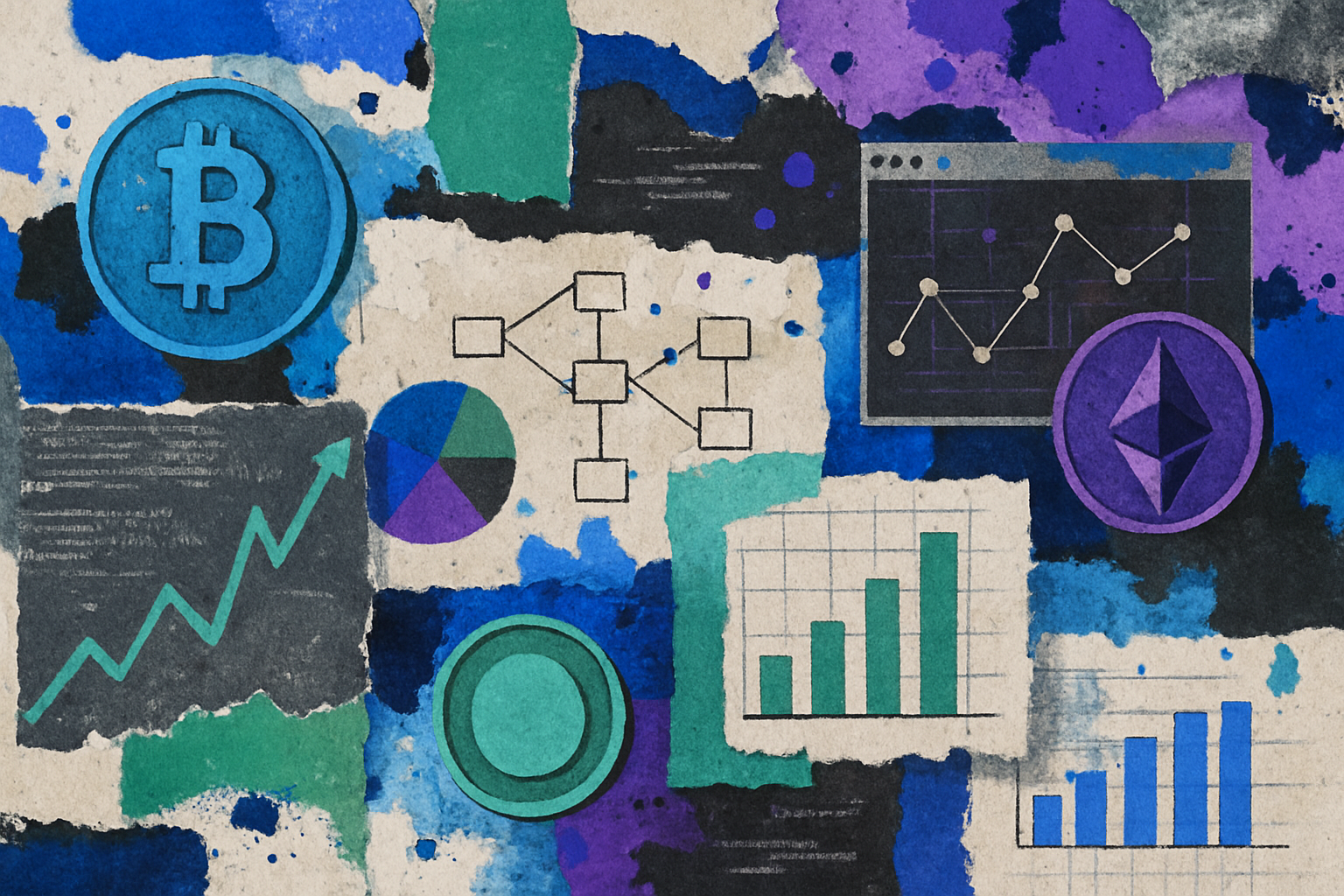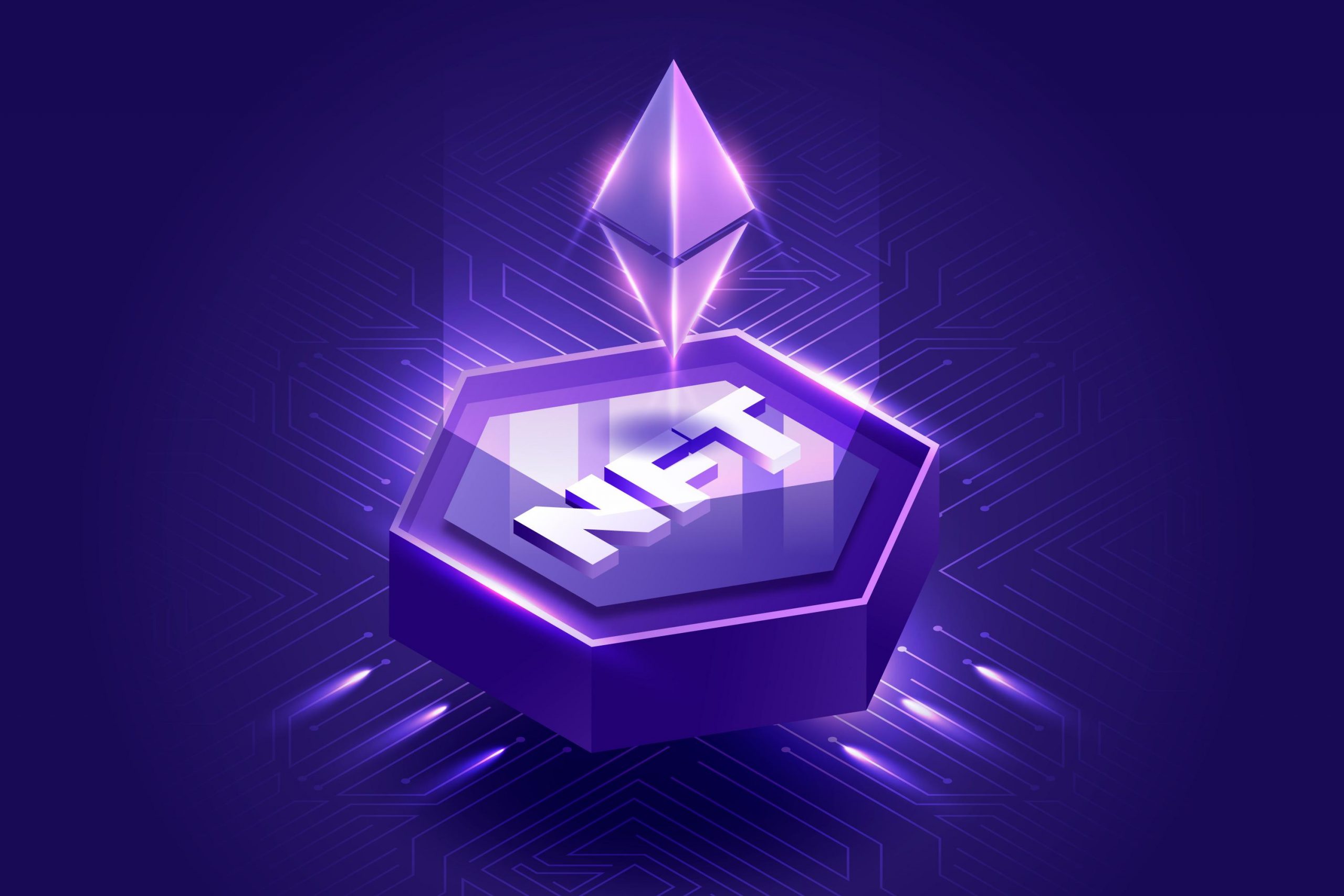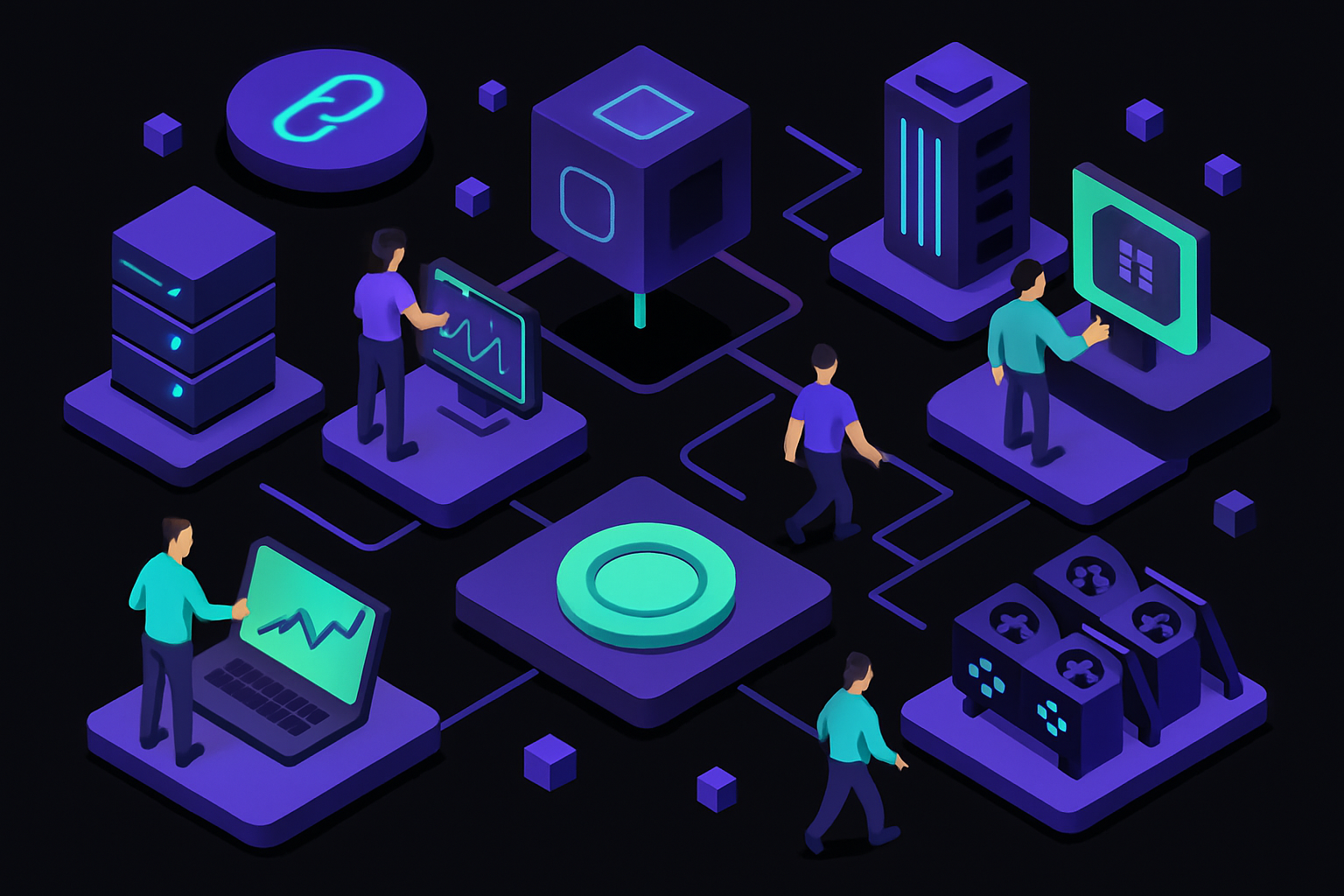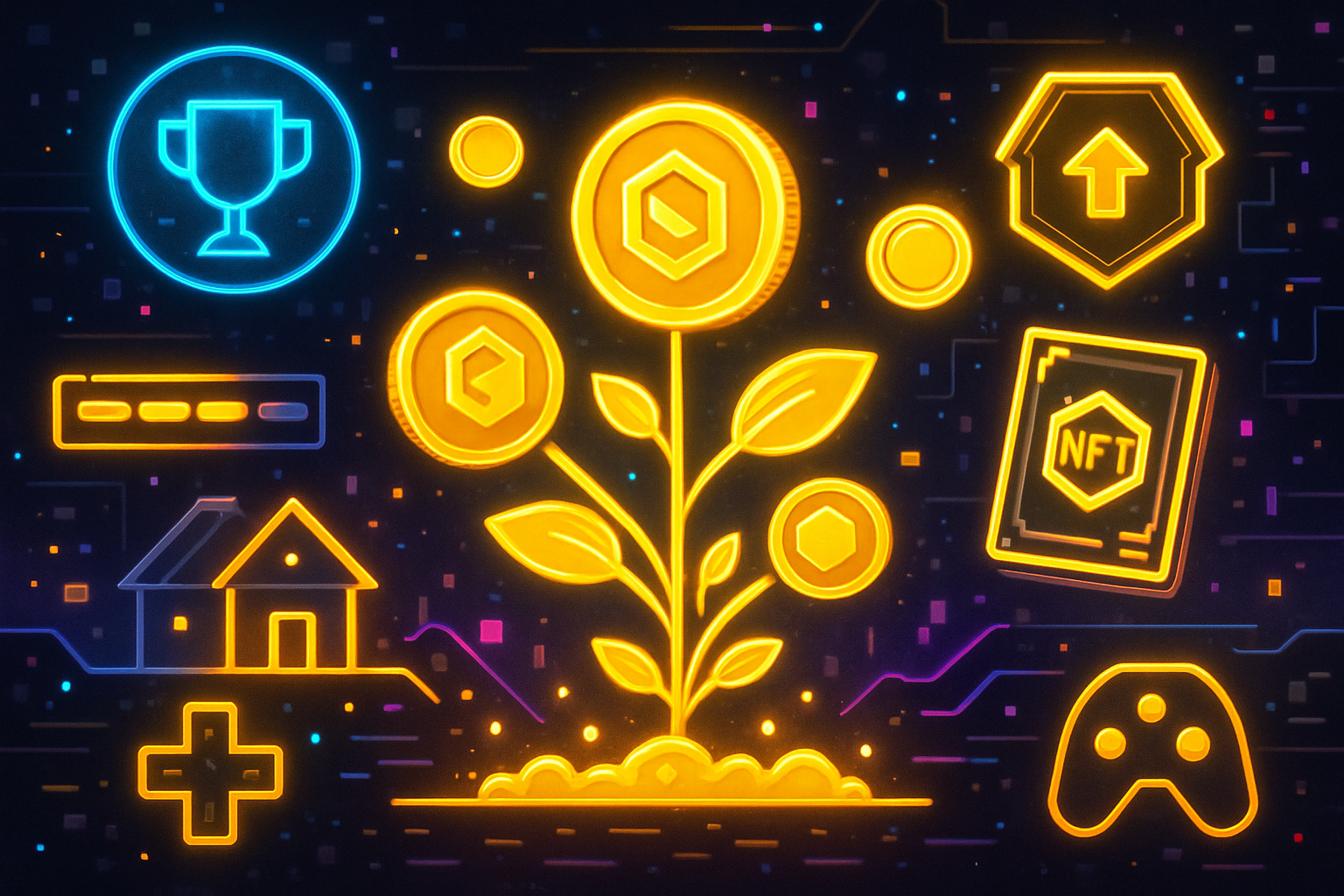
In 2025, playable NFTs are fundamentally redefining what it means to own digital assets within games. Rather than being mere entries in a publisher’s database, these assets now exist as blockchain-verified tokens, granting players genuine, transferable ownership. This transformation is not just technical but economic – it is reshaping the incentives, value flows, and governance structures that underpin modern game economies.

The Shift to Verifiable Ownership: From Centralized Control to Player Empowerment
Historically, in-game items were locked within closed ecosystems. Players could spend hundreds of hours or dollars acquiring rare skins or legendary weapons, only to find their value evaporate if the game shut down or their account was banned. In contrast, playable NFTs 2025 are minted on public blockchains, making ownership transparent and independent of any single publisher’s control.
This verifiable ownership brings several key advantages:
- Freedom to Trade: Players can sell or trade assets on open marketplaces without restriction.
- Interoperability: NFT assets can be used across compatible games and platforms, increasing their utility and long-term value.
- Security and Provenance: Blockchain records provide an immutable history of each asset’s creation and evolution.
The result? An explosion in NFT-based game economies, where digital property rights are enforced by code rather than corporate policy.
The Rise of Dynamic NFTs: Interactive Assets with Evolving Value
The static collectibles of early NFT waves have given way to dynamic NFTs, which update their metadata based on gameplay achievements or external events. For example, a character NFT might level up as you progress through quests or gain new abilities after winning tournaments. This approach is fueling a new era of NFT value discovery gaming, where the asset’s worth is tied to its evolving story and player-driven performance.
Recent innovations include:
- AI-powered NFTs: Intelligent entities that learn from player interactions and adapt over time (see ndlabs. dev).
- User-generated Upgrades: Items whose stats or appearance change based on community events or DAO votes.
- Provenance-driven Rarity: Assets that gain value from documented tournament wins or celebrity ownership (see PixelPlex).
This flexibility turns every asset into a living part of the game world – interactive NFT assets with unique histories and potential for growth. As a result, rarity is no longer static; it is earned through play and community engagement.
NFT-Based Economies: Real Value Creation Through Play-to-Earn Models
The integration of play-to-earn mechanics has further accelerated the adoption of playable NFTs. Games like Axie Infinity have pioneered models where players earn token rewards for achievements that can be converted into real-world currency. According to recent data, Axie Infinity’s introduction of AI-driven NPCs and revamped tokenized rewards led to a striking 30% surge in daily active users within just one week – an indicator of intense demand for financially meaningful gameplay loops.
This shift empowers gamers not only as players but also as stakeholders in decentralized economies. With DAOs enabling decentralized governance over game updates and reward structures, communities now have unprecedented influence over both the creative direction and financial health of their favorite worlds.
- How play-to-earn NFT games are shaping virtual economies
- NFT-based economies revolutionizing player-owned marketplaces
Beyond the headline games, a new generation of developers is leveraging dynamic NFT metadata to enable on-chain evolution of assets. For example, in Illuvium, every Illuvial NFT not only tracks its level and combat stats but also records tournament victories, unique item merges, and even player-driven lore. This granular provenance data creates a robust foundation for secondary markets, where asset history and performance can be transparently assessed before any trade.
Meanwhile, projects like The Sandbox are demonstrating how user-generated content can become a core driver of value. Players design and mint their own NFT items or experiences, which can then be monetized or integrated into larger metaverse events. This model unlocks new revenue streams for creators while ensuring that players remain at the center of the ecosystem’s growth.
Challenges and Opportunities: What’s Ahead for Playable NFTs?
The rapid expansion of NFT ownership gaming brings both promise and complexity. On one hand, interoperability is enabling cross-game economies that reward long-term engagement; on the other, it raises questions about balance, security, and regulation. As assets move freely between platforms, developers must establish standards for fair play while ensuring that smart contracts remain robust against exploits or manipulation.
Transparency is another double-edged sword: while blockchain records guarantee authenticity and provenance, they also expose user activity to public scrutiny. For some players, this visibility enhances trust; for others, it may raise privacy concerns as gaming identities become more financially linked.
The most forward-thinking studios are already addressing these challenges with modular smart contracts and permissioned metadata updates, balancing flexibility with security. Industry groups are working to define open standards so that NFTs minted in one ecosystem can be recognized (and respected) across many others. Expect continued debate around royalty enforcement and on-chain governance as communities test the boundaries of decentralized decision-making.
The Future of Interactive NFT Assets: Beyond 2025
If current trends hold steady, playable NFTs 2025 will mark only the beginning of a much broader shift toward player-centric digital economies. The next frontier will likely involve AI-powered companions whose skills evolve based on real-world learning or collaborative storytelling systems where entire game worlds are co-authored through dynamic NFT interactions.
For investors and gamers alike, this means opportunity, and volatility. Asset values will increasingly reflect not just rarity but utility, reputation, and narrative significance. As liquidity grows in NFT-based markets, price discovery will be driven by an interplay between gameplay achievements and speculative demand, a dynamic already visible in top projects.
The bottom line: true digital property rights are now within reach for millions of players worldwide. With each innovation, be it AI-driven evolution or DAO-led governance, the line between player and creator blurs further. Those who adapt early have the chance to shape not just their own fortunes but the very rules by which tomorrow’s virtual worlds operate.




